Rise Against rose out of Chicago around Y2k on the back of roaring Gatling-gun guitars, blast-beat rhythms, and defiant, sharp-tongued social commentary. The band's first pair of albums—2001's The Unraveling and 2003's Revolutions Per Minute—are blistering bangers rooted in traditional hardcore chaos, spiced up with fist-pumping, boot-stomping choruses.
Siren Song of the Counter Culture in 2004 was their major-label debut, on Geffen. That album highlighted a broadening hardcore sound buffed up with more melody. (Think '90s Bad Religion messaging cloaked in early 2000s AFI harmonies.) However catchy they became, their message still ripped like a dagger. Appealing to a bigger audience with bouncier hooks, acoustic numbers, and string overdubs earned them their first splash into the Billboard 200 albums chart (eventually certified gold in the U.S.).
Elevated visibility scored them back-to-back platinum albums—2006's The Sufferer & the Witness and 2008's Appeal to Reason, and that momentum carried over to a continued residency in the top 10 of the Billboard 200 with 2011's Endgame, 2014's The Black Market, and 2017's Wolves. And 2021's Nowhere Generation represents a maturing, melodic hardcore outfit that continues to stand up for what they believe in and still provide the revolutionary attitude to back it up.
The continual growth and evolution of their melodic-hardcore formula has allowed them to roll into mainstream airwaves like a Trojan horse. Newcomers who were enamored with anthemic choruses ("Savior," "The Prayer of the Refugee," "Nowhere Generation," "Give It All," "I Don't Want To Be Here Anymore") quickly became dancing disciples because of the band's knack for earworms.
The twin-guitar team of singer Tim McIlrath and lead guitarist Zach Blair welcomed PG down to Birmingham, Alabama's Avondale Brewing Company to see how their simple-but-stinging setups have morphed since 2015.
[Brought to you by D'Addario XPND Pedalboard: https://www.daddario.com/XPNDRR]
The Black-and-White Guitar
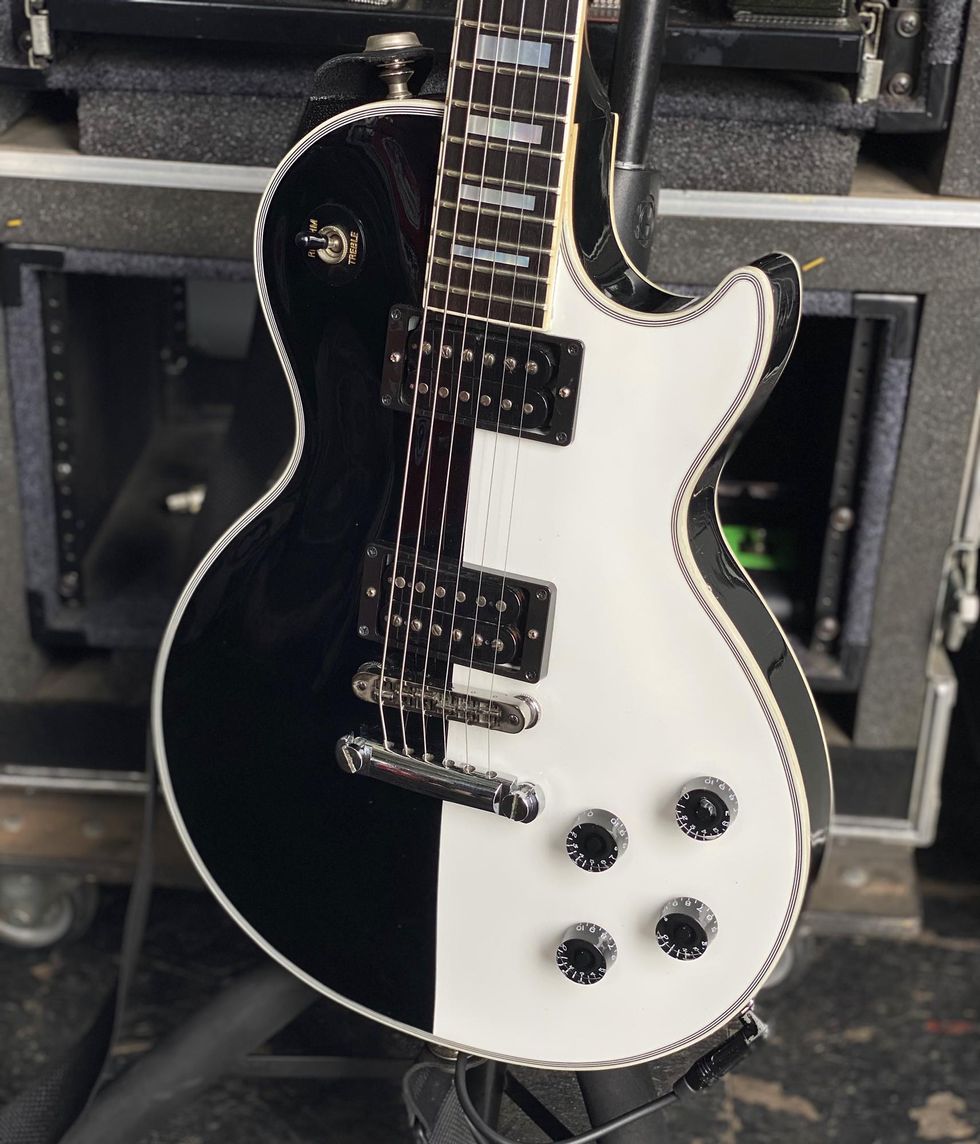
Lead guitarist Zach Blair's No. 1 was given a facelift for this run to match the black-and-white motif of the recent release Nowhere Generation. Honoring a hero, Blair went full Schenker (his favorite lead player) on this Gibson Custom Shop Les Paul Custom to vibe with the new album.
(If you recall from our 2015 episode with Blair, he had an "Ace Frehley" Les Paul Custom that loosely mimicked a Starman signature, with white pickup surrounds, a stark white pickguard, and gold speed knobs…. That's this guitar!)
Pivoting from Ace to Schenker, he swapped out the bridge Seymour Duncan Distortion for a SH-4 JB—otherwise it's that axe with a different personality.
All of Blair's electrics are strung with Ernie Ball Burly Slinkys gauged .011–.052, he's typically tuned to E-flat standard, and they all integrate with his Shure UR4D+ rackmount wireless.
Goldilocks
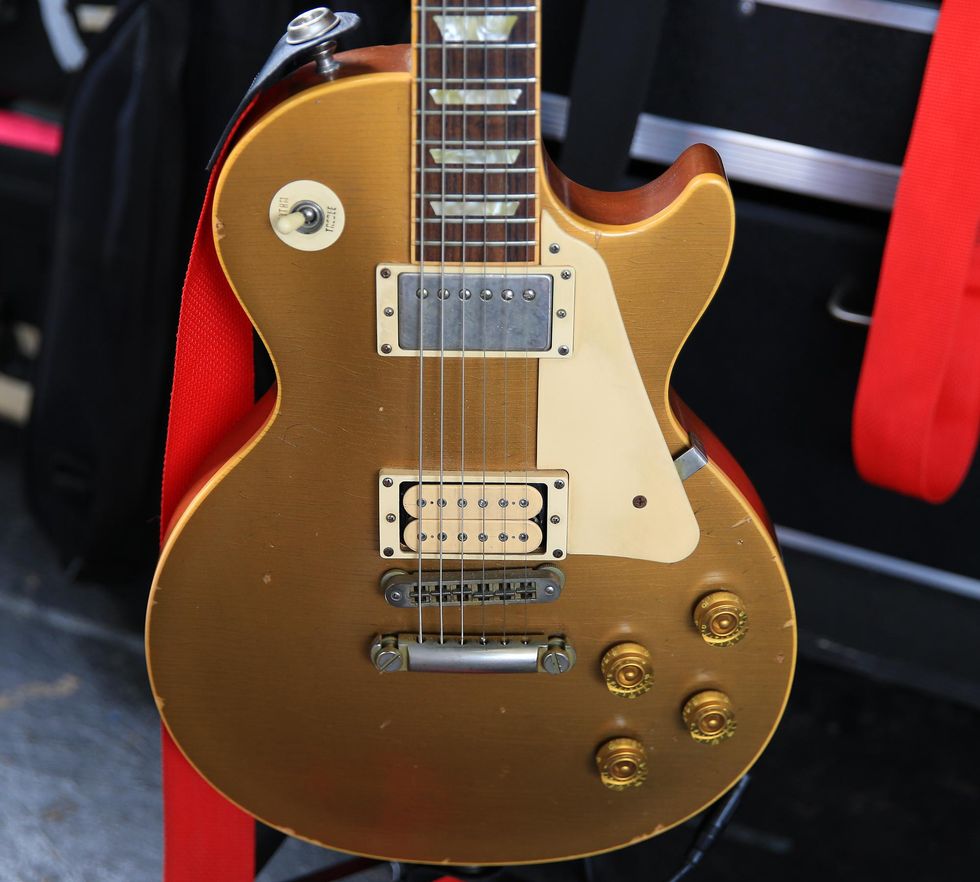
Here's Zach Blair's 2012 Gibson Les Paul goldtop that was affectionately aged by Nash Guitars to appear like a true-blue '57. Blair's gear guru and fellow Rig Rundown alumnus Brian Baker (Bad Religion) suggested he put a DiMarzio Super Distortion in the bridge. Baker didn't need to tell Blair twice!
Cherry Cola
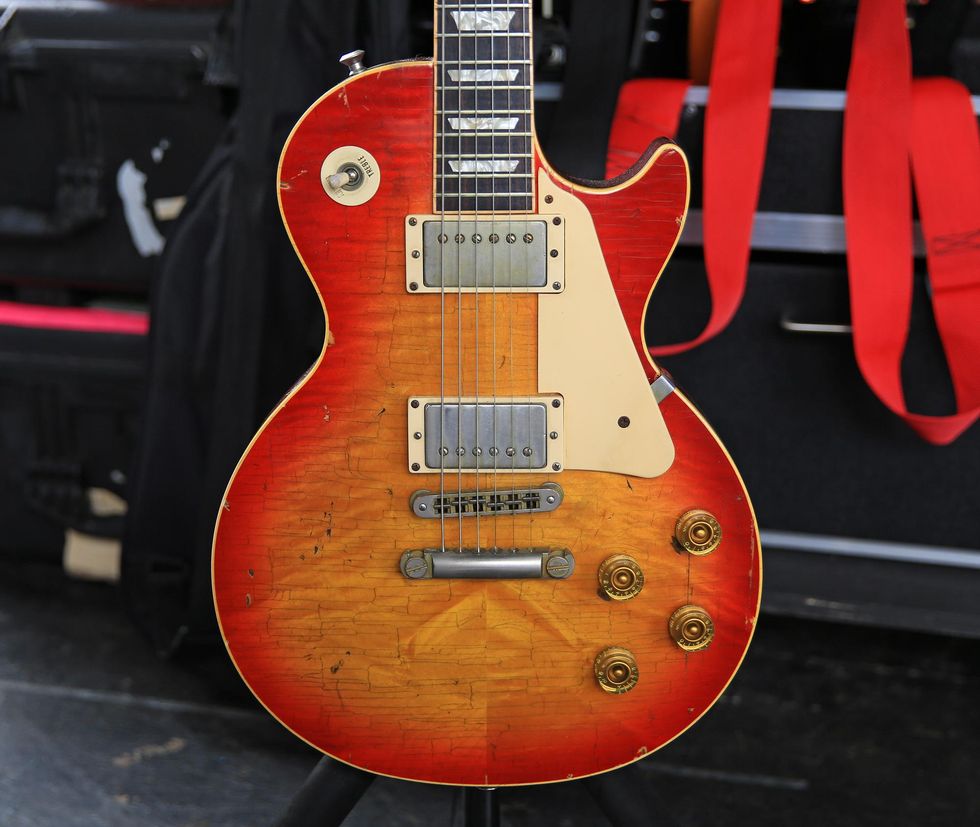
Zach Blair's 2013 Gibson Les Paul Standard also got the Nash "makeover" treatment, so the newish guitar looks (and plays) like a seasoned vet. This one received a bridge-pickup swap by introducing a Lollar humbucker into its DNA.
Drop D Me
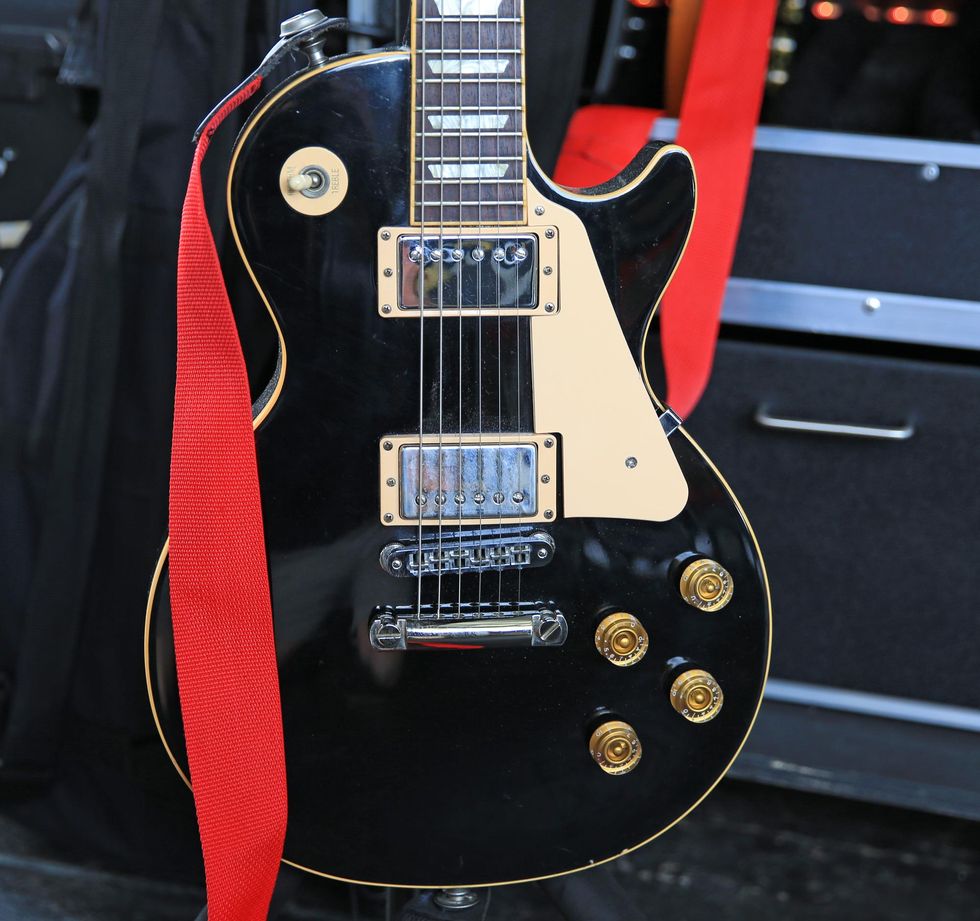
Rise Against's current set spanning nine albums requires one jam in drop-D tuning, so Blair brought out this 2012 Les Paul Standard to cover the task.
The Mighty Marshall
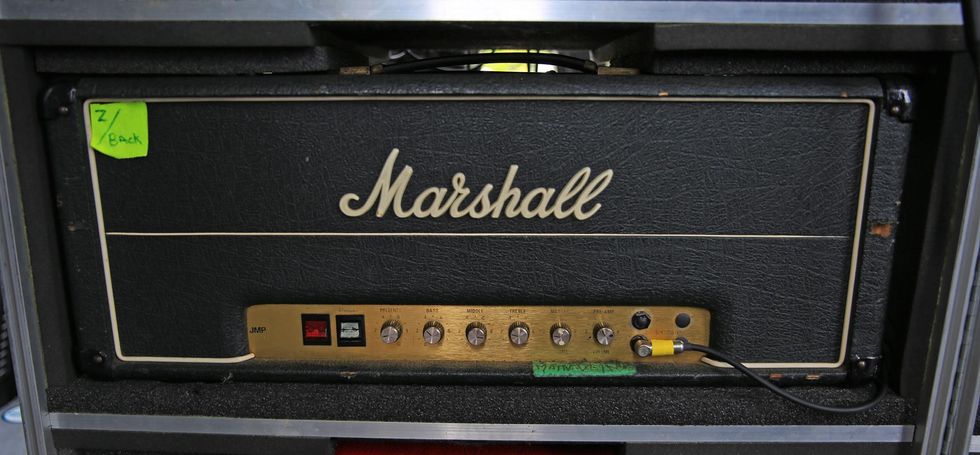
While touring with A Day to Remember, Blair became fast friends with their tech, Johnny Myer, who hotrods Marshalls. Blair offered up his '70s JMP that was malfunctioning from an awry "EVH brown sound" mod, hoping Myer could resuscitate the rock in the head. To his amazement, the amp gnashes like a Bengal tiger. Thanks to Myer, the JMP was rejuvenated, complete with a resonance mod and five cascading gain stages.
Angus Angle
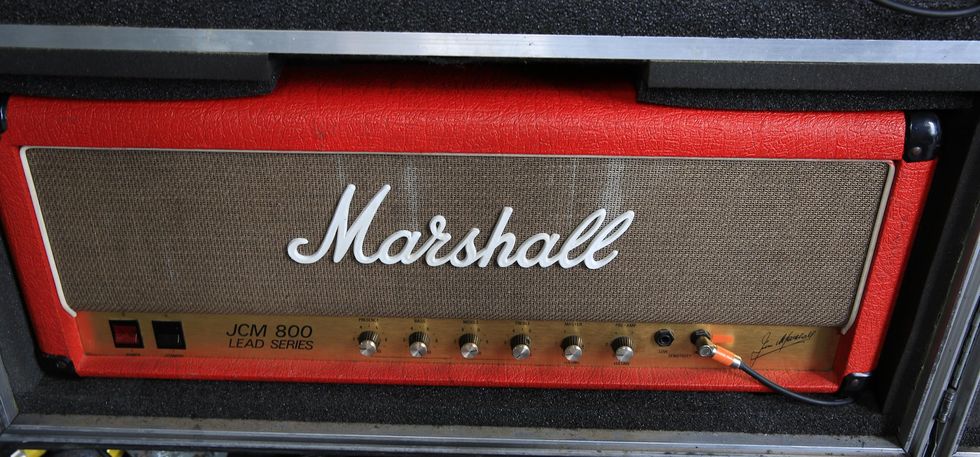
For the band's "clean" tones (Blair approximates them to a slight AC/DC grind), he switches on this 1987 Marshall JCM800. Before the tour, the 800 was re-tubed with fresh EL34s.
Pedal Time
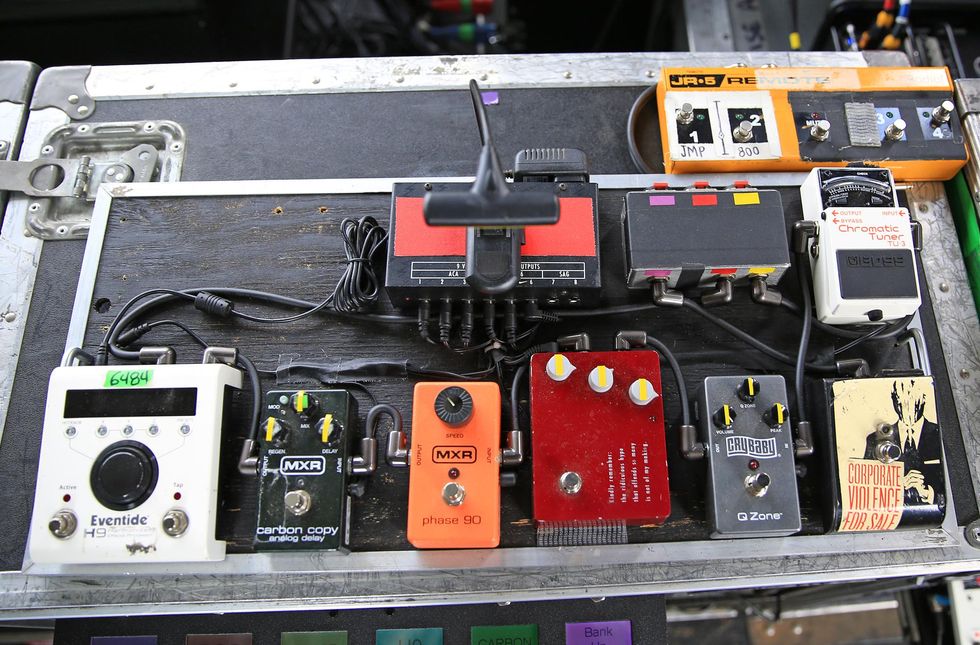
Last time Blair relied on his tech to make all the changes, with his pedals safely stowed in a rolling rack case. This go-round he wanted to "put pedals in front of me like a normal human being," so he can manipulate his tone as he likes. Standbys from 2015 include an Eventide H9, MXR Carbon Copy, and MXR Phase 90. New flavors include a Klon KTR, Dunlop Cry Baby Q-Zone, and a custom amp switcher (lower right-hand corner) that toggles between the JMP and 800.
A Boss TU-3 Chromatic Tuner keeps his guitars in check, a Voodoo Lab Pedal Power 2 Plus juices his stomps, and a Radial JR5 Remote Foot Controller handles any amp moves.
This Guitar Is On Fire!
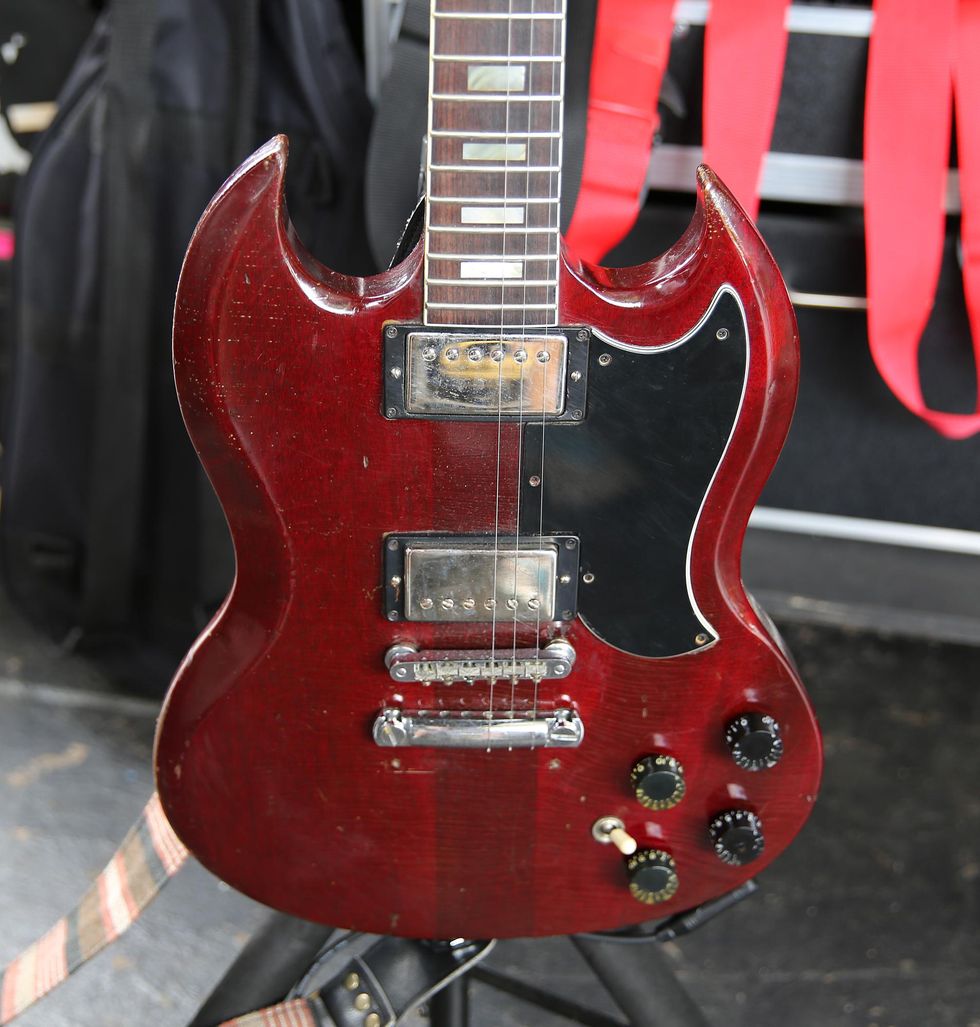
Founding frontman/guitarist Tim McIlrath goes into most stage battles with his fearless sidekick: a 1982 Gibson SG that survived a fire. Everything appears to be stock (this was in storage the last few tours), but it did get upgraded with locking tuners, and the infamous snake-bite marking indicates a move from a vibrato tailpiece to the current Tune-o-matic configuration. Most of McIlrath's electrics take Ernie Ball Slinkys (.010 –.046) and he's usually in E-flat standard tuning.
Bubbling Under the Surface
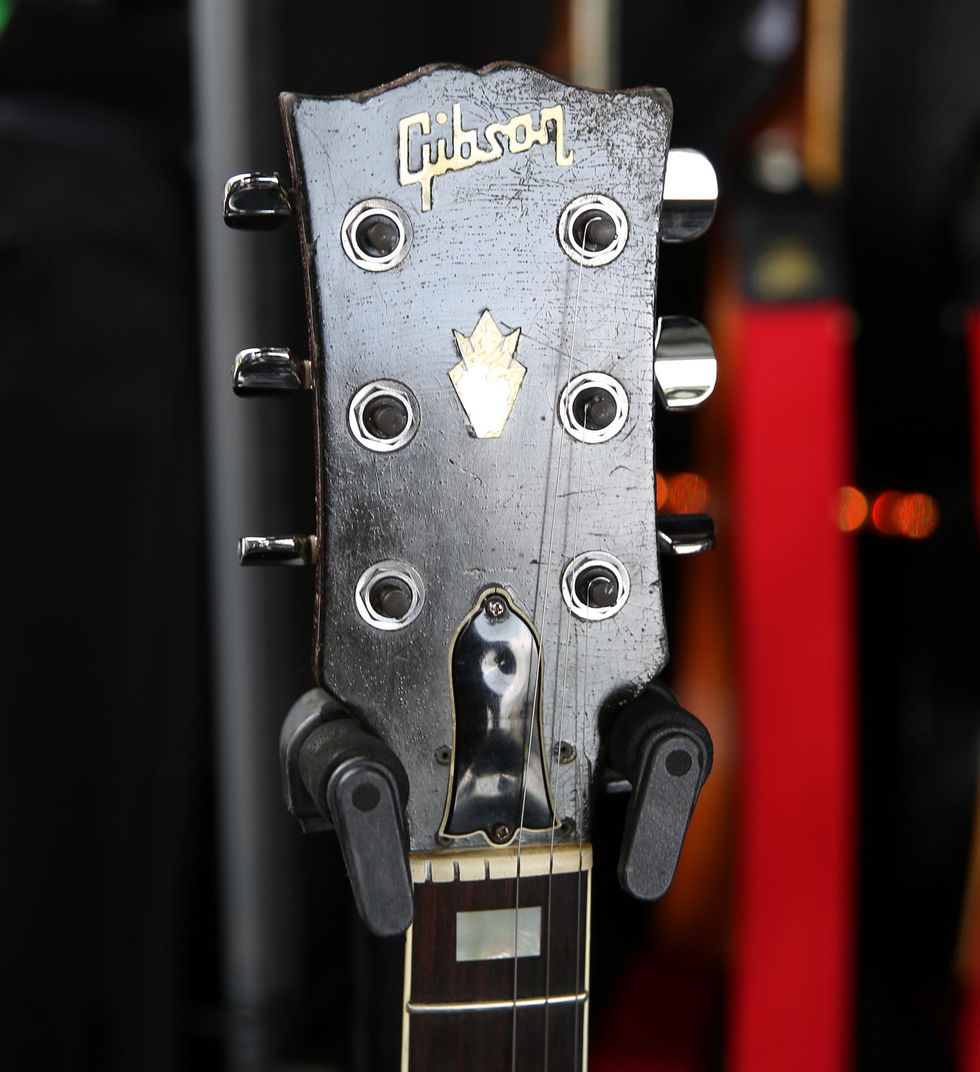
The SG's tortured headstock has seen better days but it's still in one piece.
Oh, Black Betty!
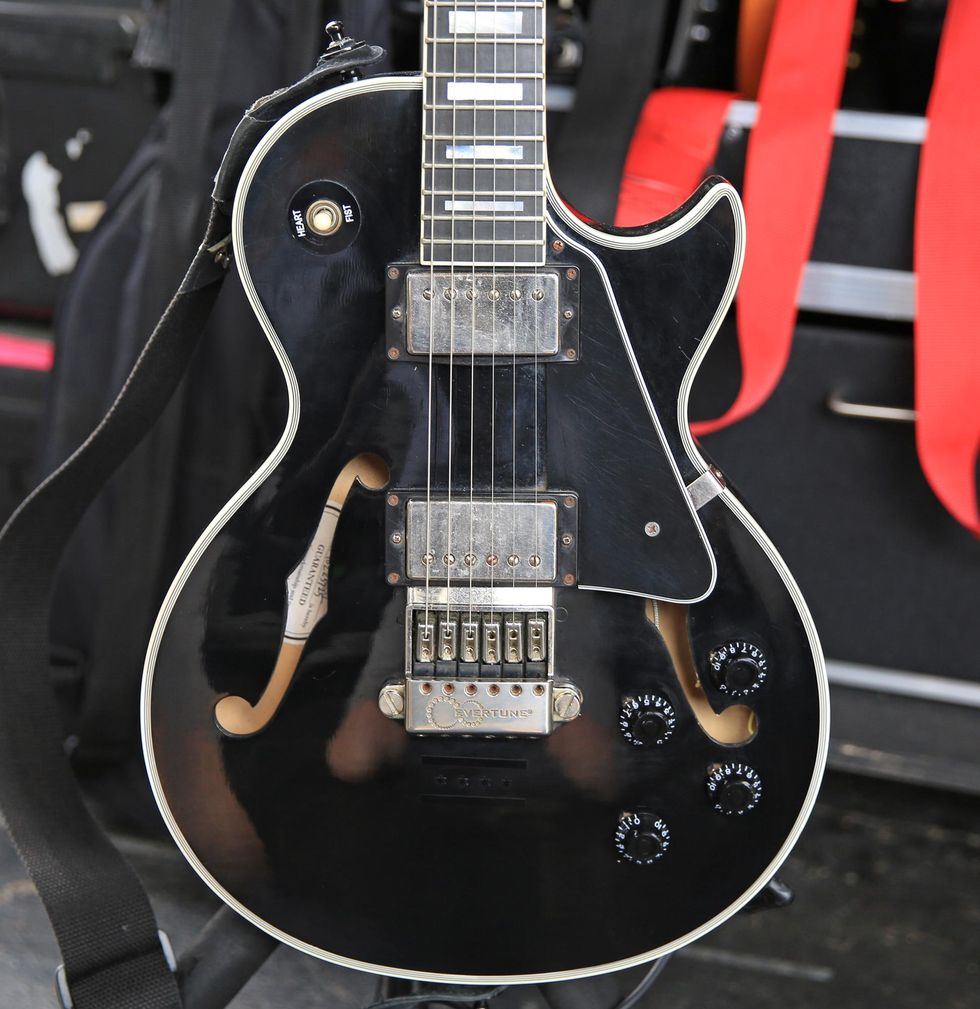
Playing second fiddle to the '82 SG is the above 2015 Gibson Memphis ES-Les Paul that's been retrofitted with an EverTune bridge.
Nowhere Generation
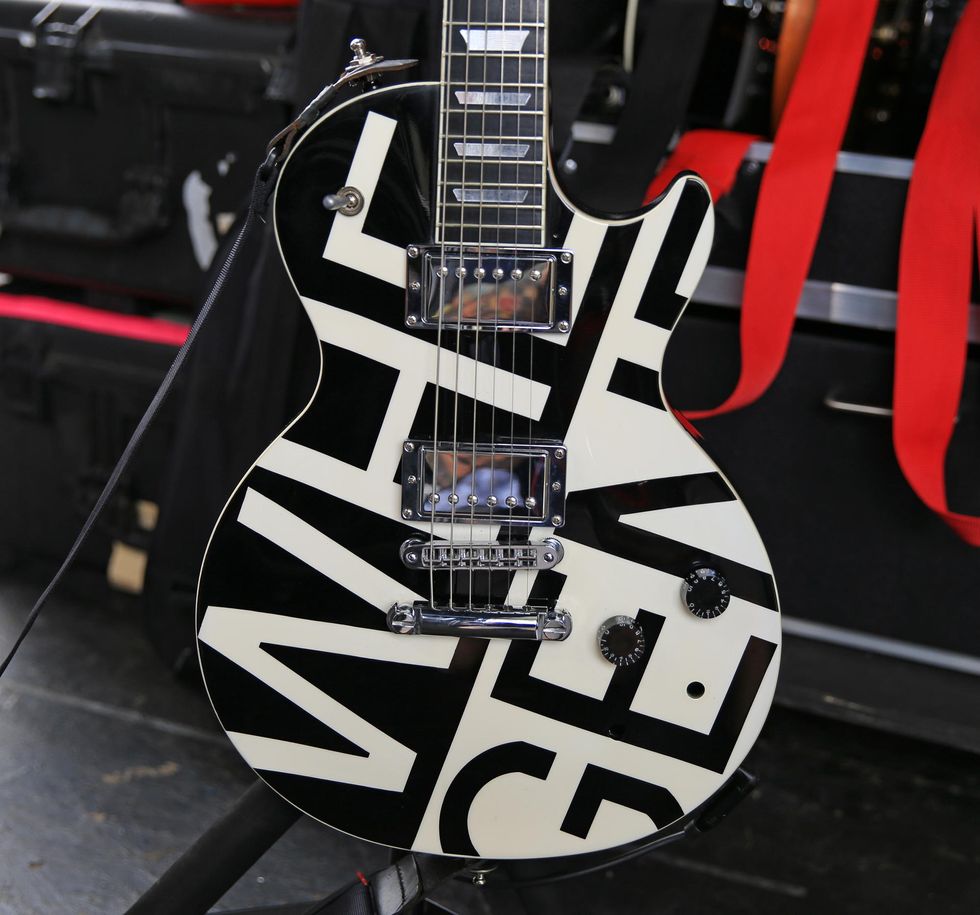
When Tim straps on this Les Paul, the fans know they're about to hear the title track off the band's 2021 release. This LP takes Ernie Ball 2215 Nickel Skinny Top/Heavy Bottom strings (.010–.052), because he tunes down to drop-D. (One cool thing to note are the mirrored inlays.)
SG Me, Please
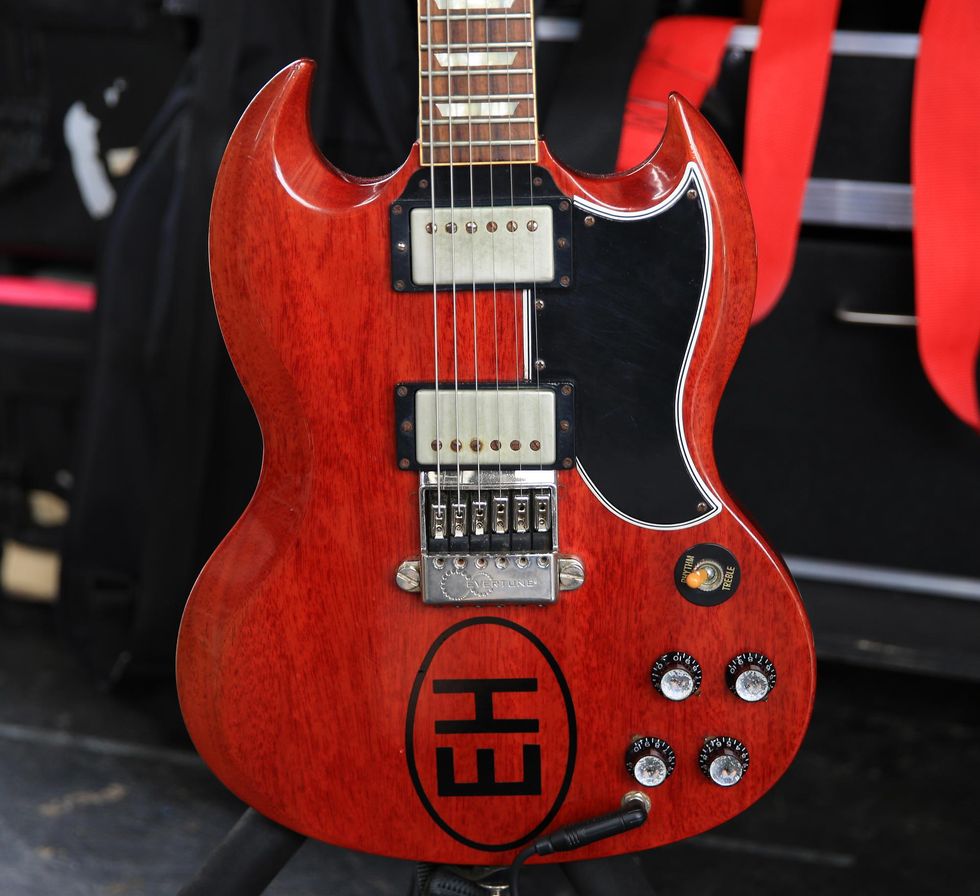
This 2012 Gibson SG—also given the EverTune treatment—is another backup Tim McIlrath has toured with for years.
Mahogany Martin For McIlrath
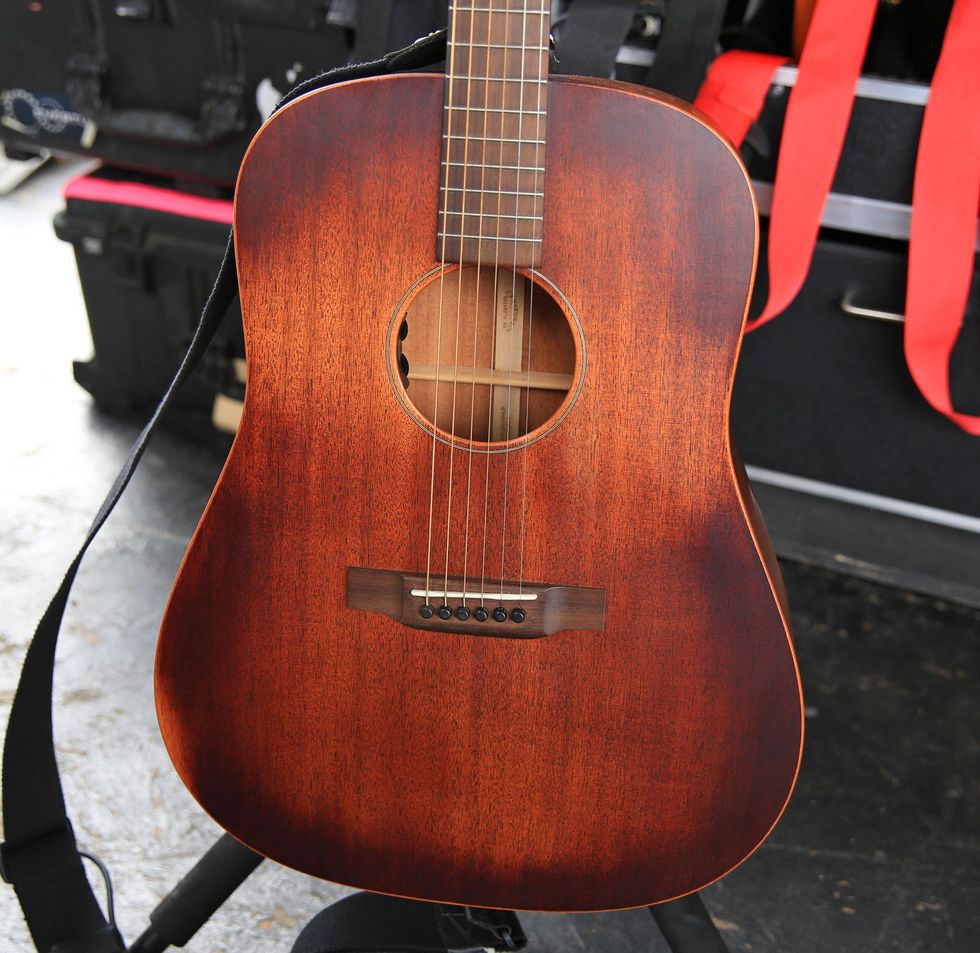
For acoustic songs like "Forfeit" or "Swing Life Away," Tim McIlrath hits the stage with just his scratchy pipes and this Martin D-15M StreetMaster.
Nifty 50
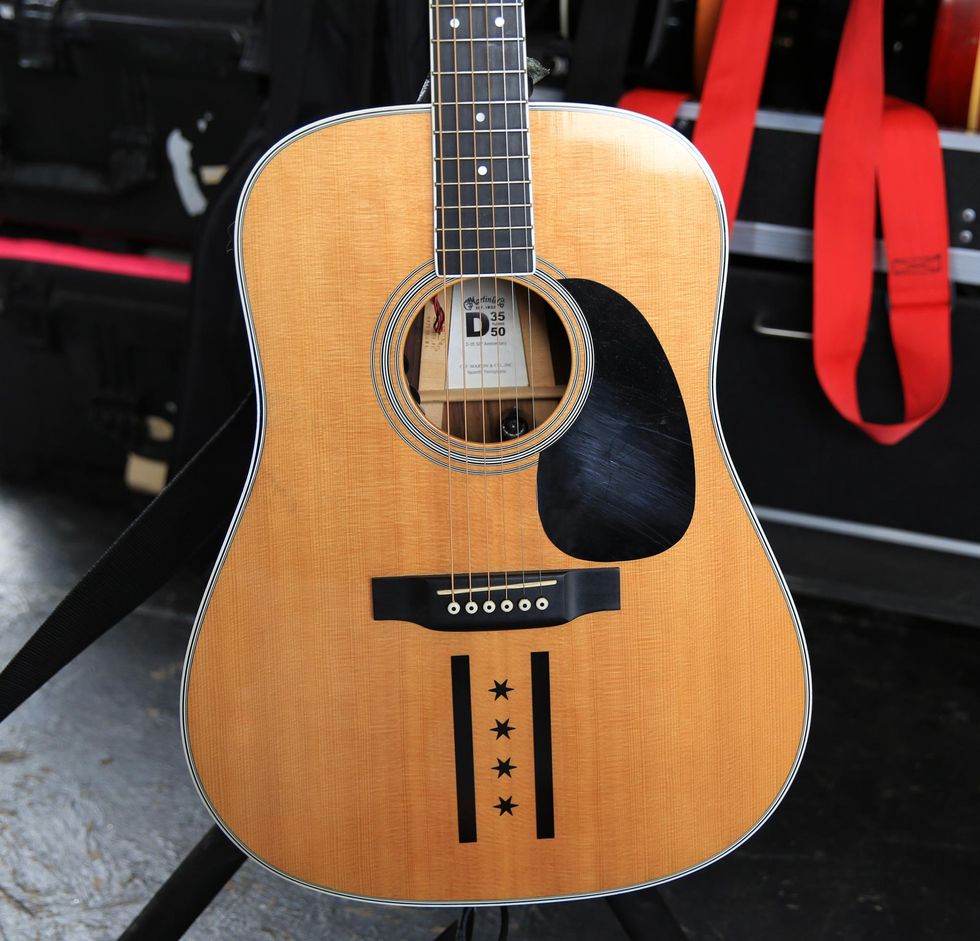
Acoustic backup duties are handled by this 2015 Martin D-35 50th Anniversary model spruced up with a sticker of the city of Chicago flag.
Marshall! Marshall! Marshall!
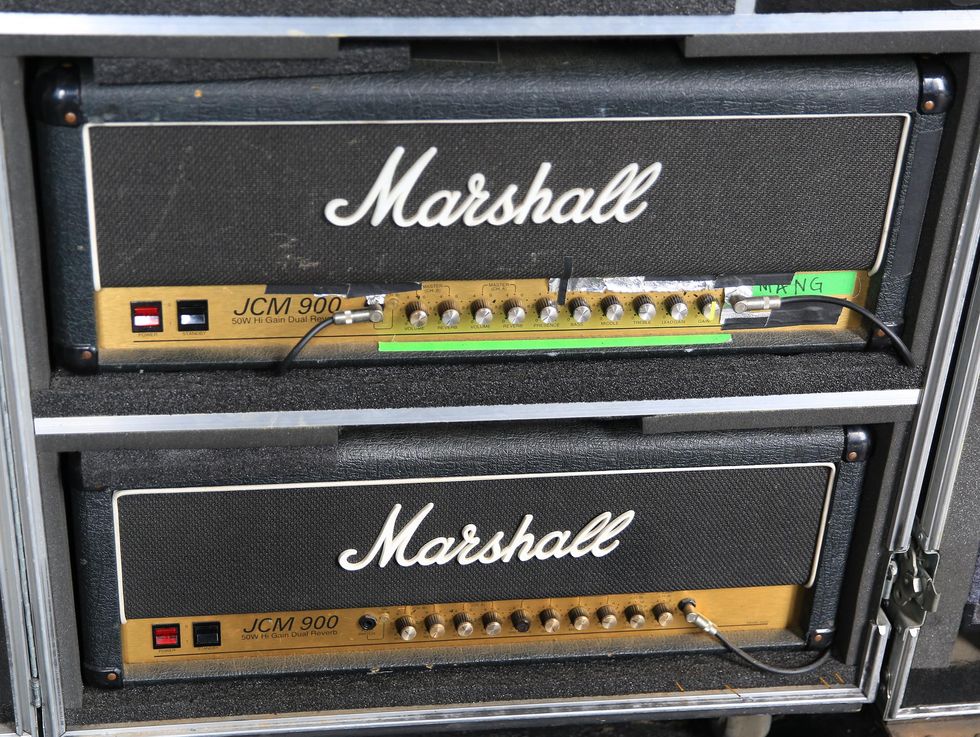
McIlrath fills his side of the stage with a pair of 50W Marshall JCM900s from the 1990s.
A Little Goes a Long Way
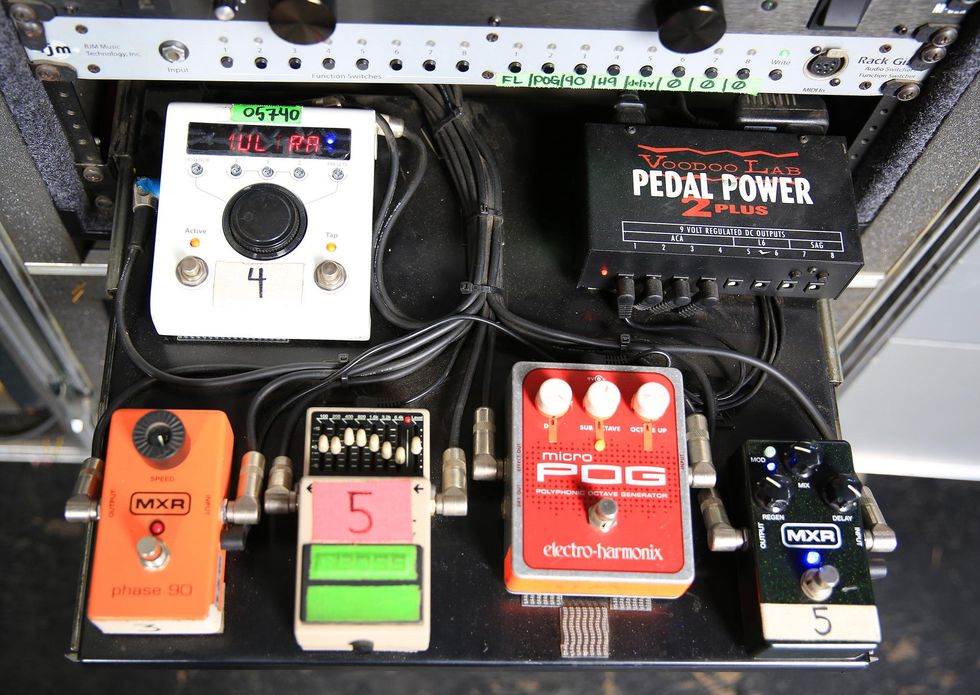
Tim McIlrath's rack contains his basic five pedal groups: phaser (MXR Phase 90), EQ (Boss GE-7 Graphic Equalizer), octave (Electro-Harmonix Micro POG), delay (MXR Carbon Copy), and everything else (Eventide H9). A Voodoo Lab Pedal Power 2 Plus feeds his stomps and an RJM Rack Gizmo helps with signal flow.
Kick on the Pedals, M#ther F@cker!
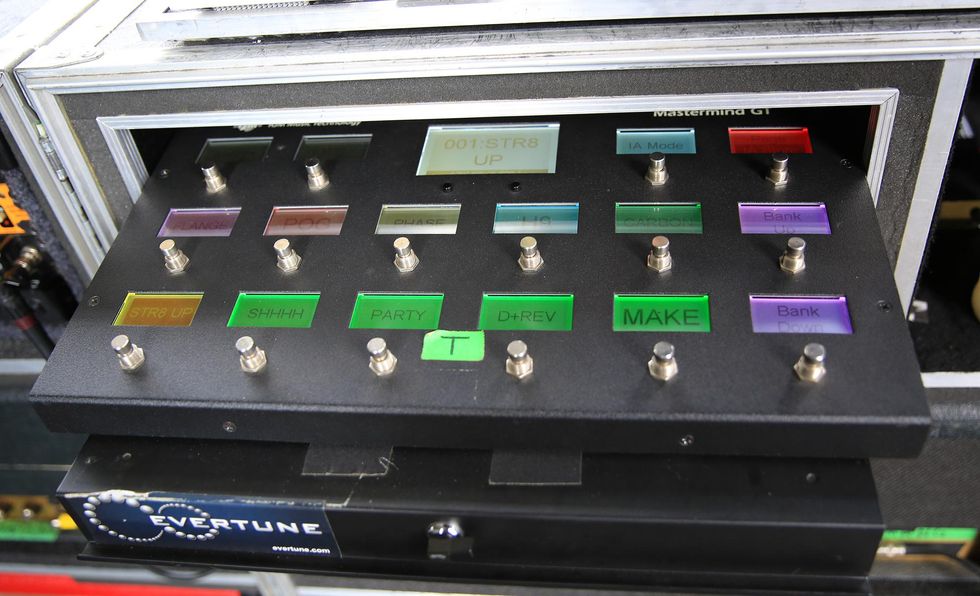
Sidestage, McIlrath's tech Geoff Bilson triggers all the effects with a RJM Mastermind GT.
![Rig Rundown: Rise Against [2021]](https://www.premierguitar.com/media-library/rig-rundown-rise-against-s-tim-mcilrath-zach-blair-2021.jpg?id=27477530&width=1200&height=675)





![Rig Rundown: AFI [2025]](https://www.premierguitar.com/media-library/youtube.jpg?id=62064741&width=1245&height=700&quality=70&coordinates=0%2C0%2C0%2C0)












 Shop Scott's Rig
Shop Scott's Rig
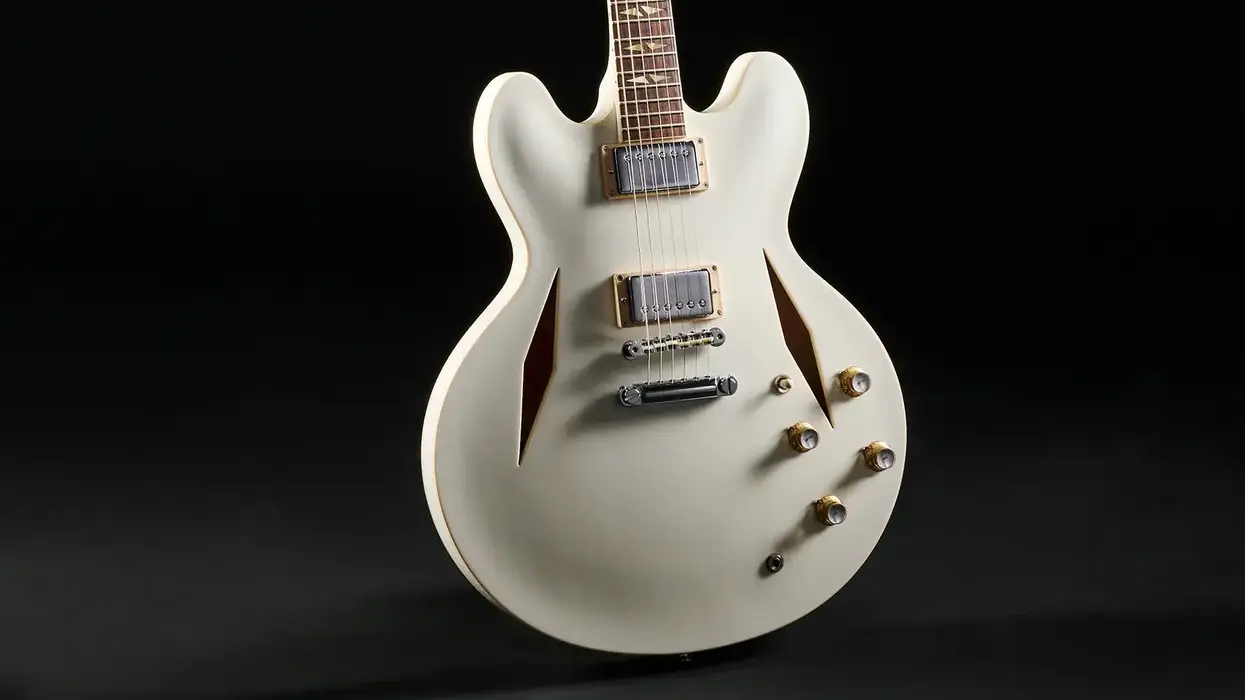
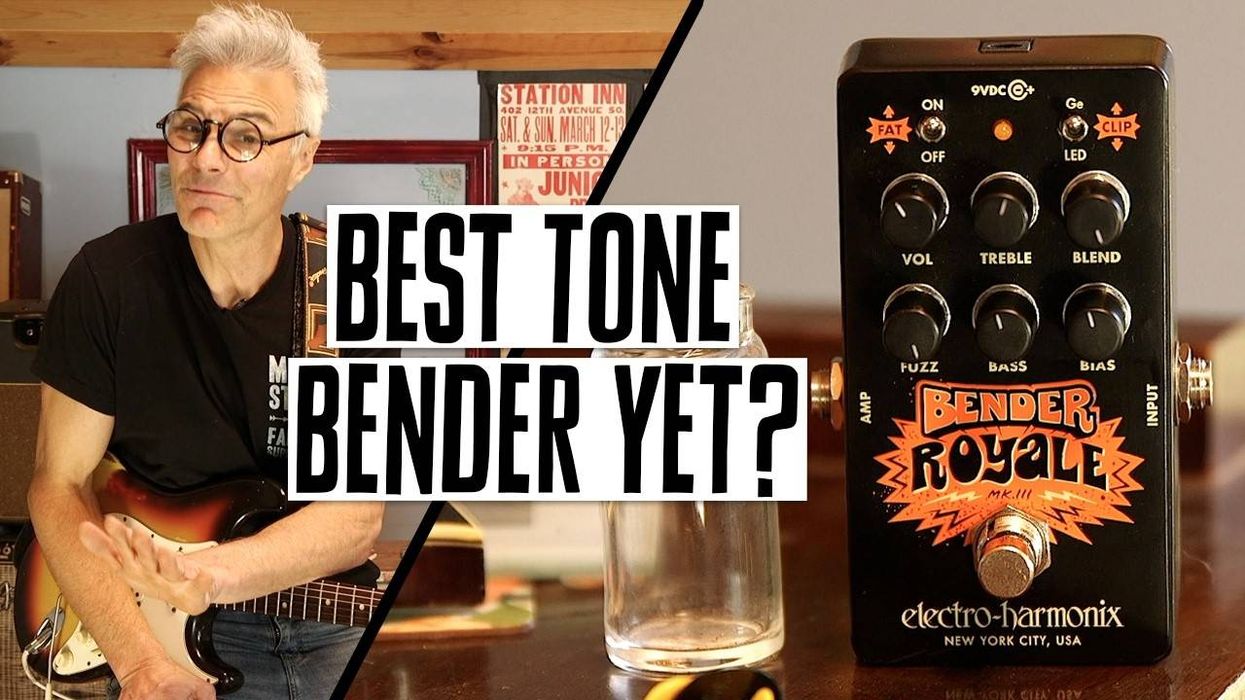











 Zach loves his Sovtek Mig 60 head, which he plays through a cab he built himself at a pipe-organ shop in Denver. Every glue joint is lined with thin leather for maximum air tightness, and it’s stocked with Celestion G12M Greenback speakers.
Zach loves his Sovtek Mig 60 head, which he plays through a cab he built himself at a pipe-organ shop in Denver. Every glue joint is lined with thin leather for maximum air tightness, and it’s stocked with Celestion G12M Greenback speakers.








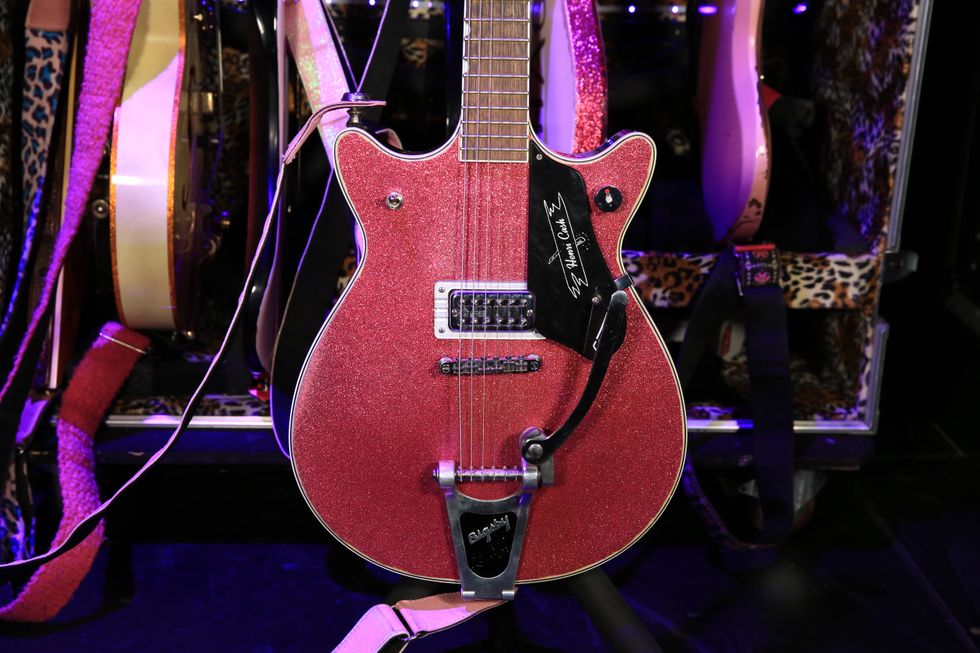
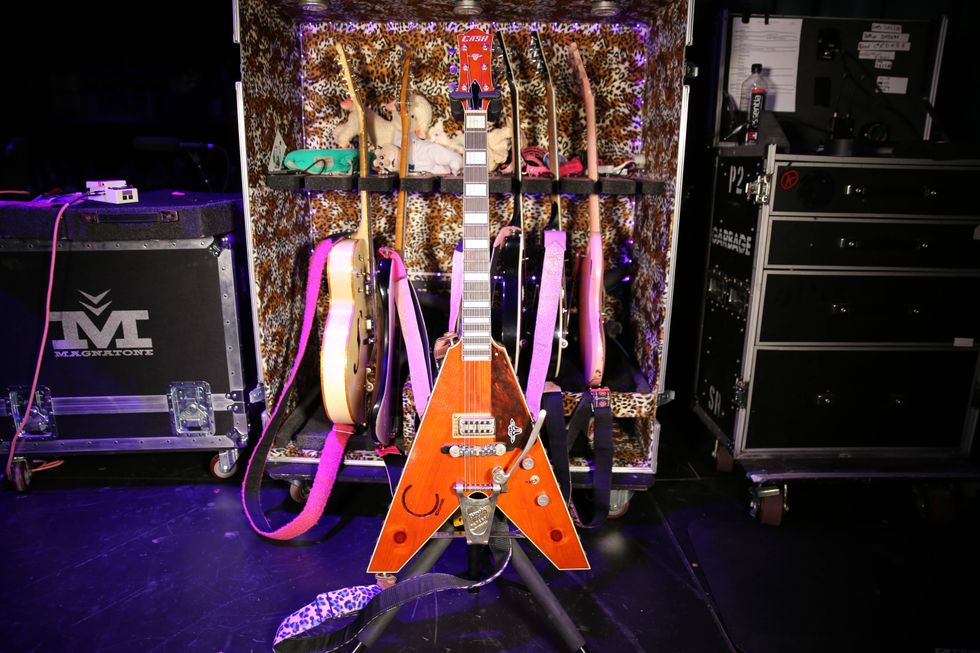
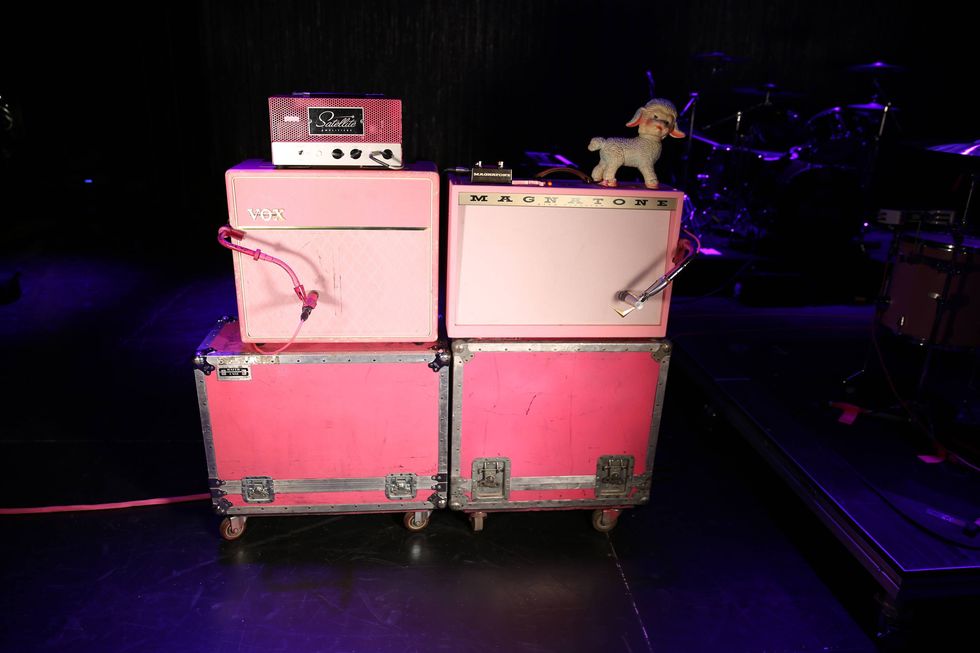
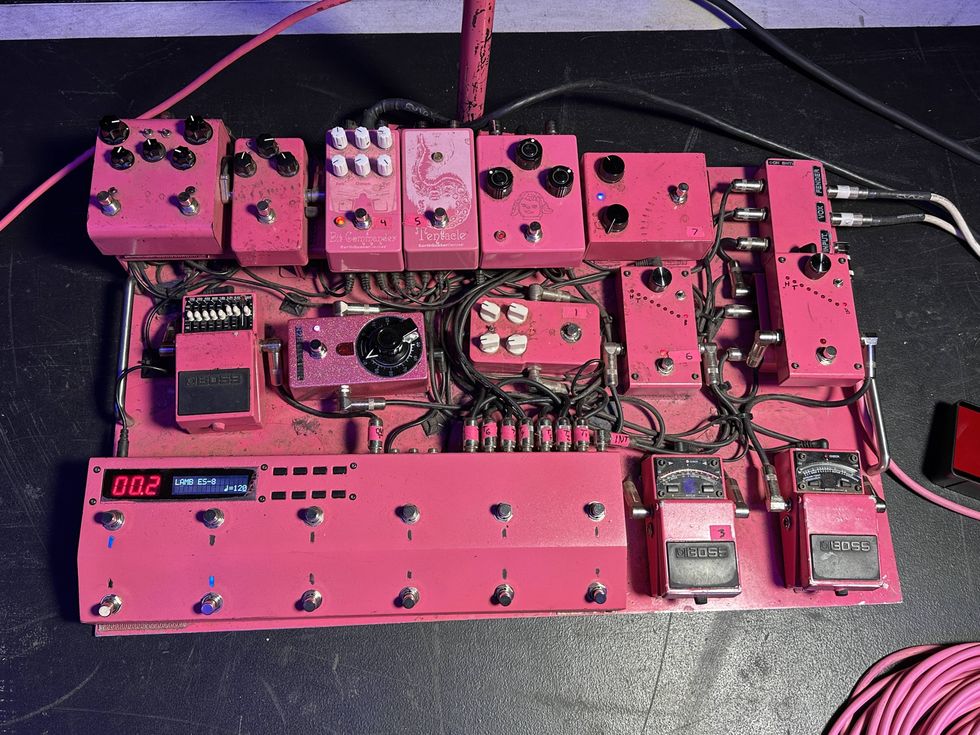
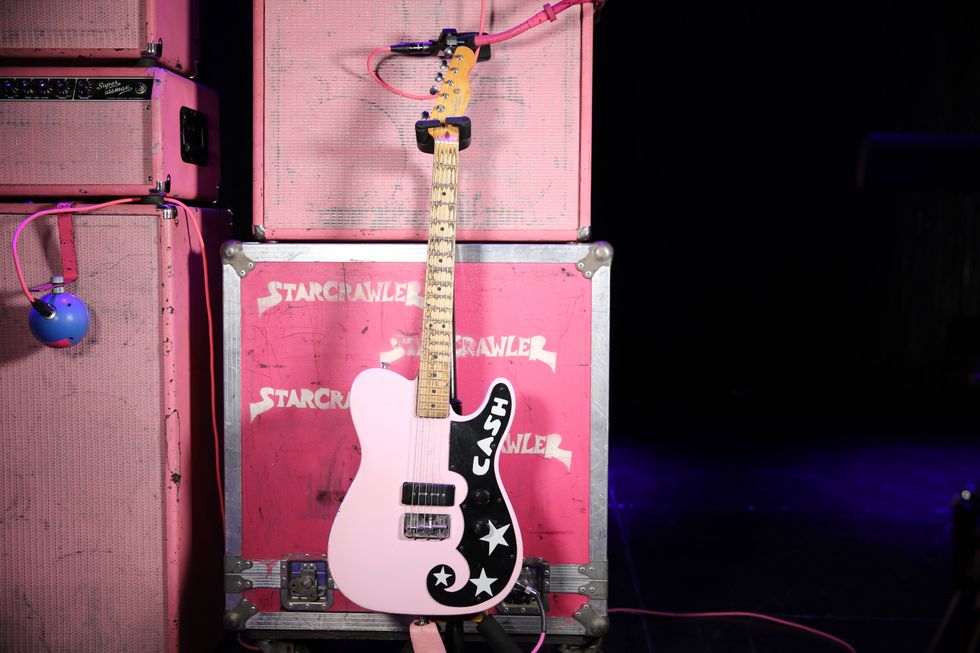
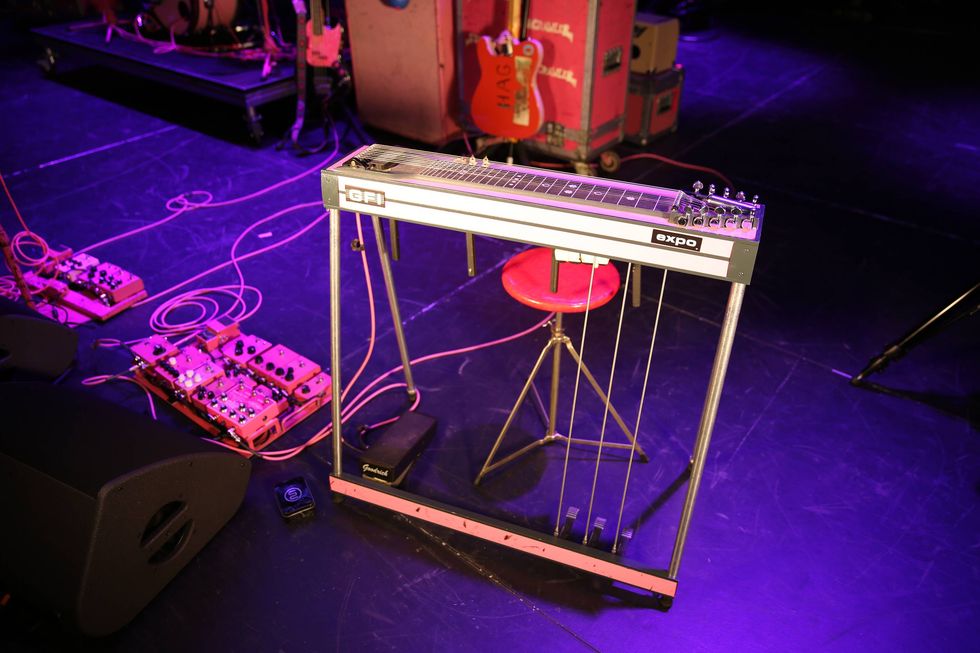
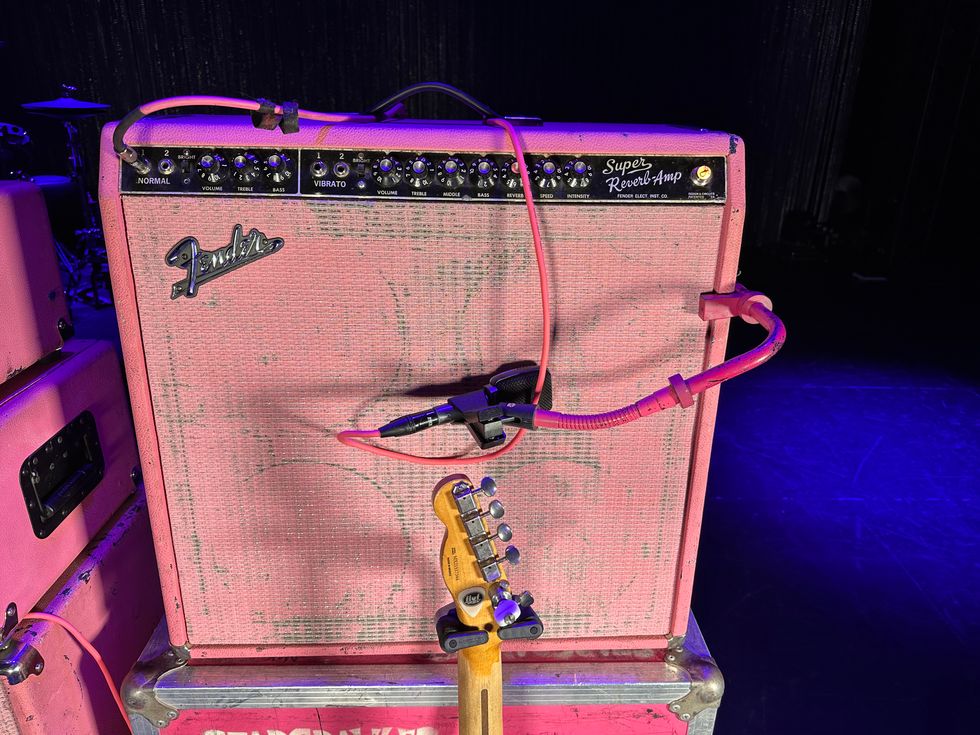
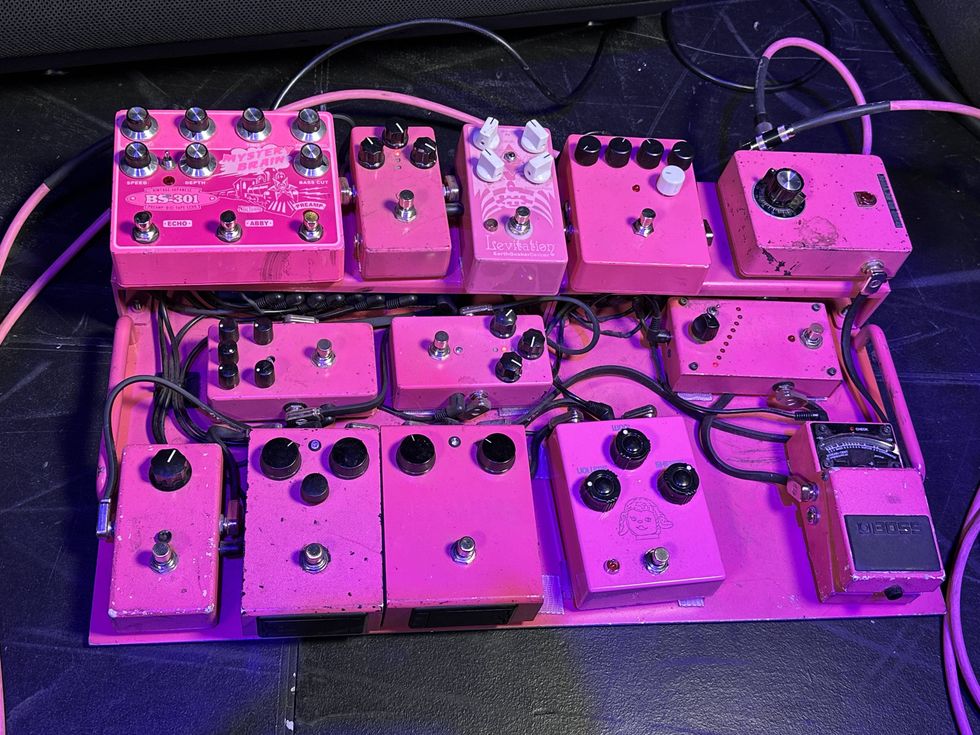

![Devon Eisenbarger [Katy Perry] Rig Rundown](https://www.premierguitar.com/media-library/youtube.jpg?id=61774583&width=1245&height=700&quality=70&coordinates=0%2C0%2C0%2C0)






